When President Trump held up an easel in the White House Rose Garden illustrating each country’s “tariffs charged to the USA” and the new “USA discounted reciprocal tariffs,” there appeared to be some small print underneath the first column, barely readable. Then printed copies started to circulate the garden. Underneath the column showing each country’s “tariffs charged,” it read: “Including currency manipulation and trade barriers.”
It was clear that the figures published by the Trump administration were their interpretation of tariff calculations. It was also immediately clear that some countries were going to dispute the figures. But exactly what had been calculated was not immediately obvious. The picture is still hazy – but the details that are emerging could end up being the biggest hurdle today for the President and his cabinet, as they set out on a press blitz to defend their new tariff regime.
That’s saying something. Markets were expected to be the President’s first immediate problem. Early signs from Asia and Europe suggest investors are frightened, with markets plunging in Hong Kong, Shanghai and Tokyo while gold soared to another record high.
Trump will be hoping that clarity around the tariff calculations will create a little more confidence on Wall Street. But as the number-crunching continues, it seems possible that any confidence uptick from that clarity will be undone by scrutiny of the administration’s tariff calculations.
“All details aren’t clear as we write this, but Mr. Trump’s tariffs look ‘reciprocal’ in name only,” asserts the Wall Street Journal’s editorial board. The main critique: rather than offering up “kind,” “discounted” tariffs as the President has suggested, it appears he may have just turned the United States into the most protectionist country in the developed world. Economists and think tankers have assessed overnight that the tariff calculations are really trade deficit calculations: based not on the tax charged on imports, but the volume of trade between two nations. If the United States is importing more from another country – and so has a “trade deficit” with that country – the billions of dollars that deficit amounts to seems to better reflect the tariff listed next to the country’s name than the taxes on trade they actually collect.
The Tax Foundation in the US thinks it may have found the formula used by the Council of Economic Advisors to come up with the figures – though there is still some dispute about whether the calculations are exactly the same for each country, the weight goods and services imports have been given, and what else might be factoring in to the numbers listed formally on Trump’s spreadsheet.
It could be messier than has already been revealed. The New York Post reports an explanation of the calculations from a Trump aide, suggesting the numbers provided by the CEA are “based on a concept that the trade deficit that we have with any given country is the sum of all trade practices, the sum of all cheating.” This is reported to be “the most fair thing in the world.” But a definition of “fairness” that does not include transparency is going to be a lot harder for Team Trump to sell.
The lack of clarity doesn’t stop there. There are growing questions as to whether the second column, America’s “discounted tariffs” on foreign goods are the full picture. Asked on CNN last night if the 34 percent tariff on China was in addition to the previous 20 percent tariffs announced – taking the total to a 54 percent levy – the Treasury Secretary Scott Bessent responded, “I think it is.”
It would be good to know: especially considering the inflation risks. When asked if prices would go up, Bessent seemingly pivoted from the usual line that they won’t, responding instead that “they could,” then adding, “they don’t have to.”
The Treasury Secretary recounted Trump’s first term – when higher levies on Chinese, Canadian and EU imports didn’t seem to have a significant impact on the headline inflation rate. Those days don’t even qualify as a warm-up act to what was announced yesterday. Plenty of those tariffs were tossed out quietly, too, so their full effects were never fully realized. Might the same process happen again? “Let’s just see where we are,” said Beseent, “and then we’ll see how President Trump feels about all this.”
The chances of him feeling “not good” are less likely to increase with cries of frustration from abroad. Rather, denouncements from Europe could inspire the President to double down (the continued stoicism from the UK, by comparison, seems to have helped result in the lowest, 10 percent tariff issued). But a genuine threat of a price spiral is going to terrify Americans – many of whom voted for Trump on the promise that the cost of essentials would go down – and may well become the key factor to whether Trump changes course.
And that’s where the rest of the world comes in. During Trump’s speech in the Rose Garden, he repeatedly insisted that these decisions were not personal, hinting that lower import taxes abroad could result in lower taxes implemented by the United States. But that will require engagement, and some broad agreement on the real figures. What was produced on the spreadsheet is very unlikely to be the starting point for most other countries.












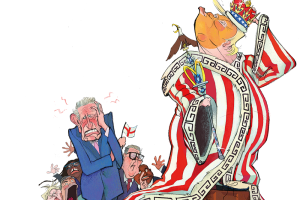

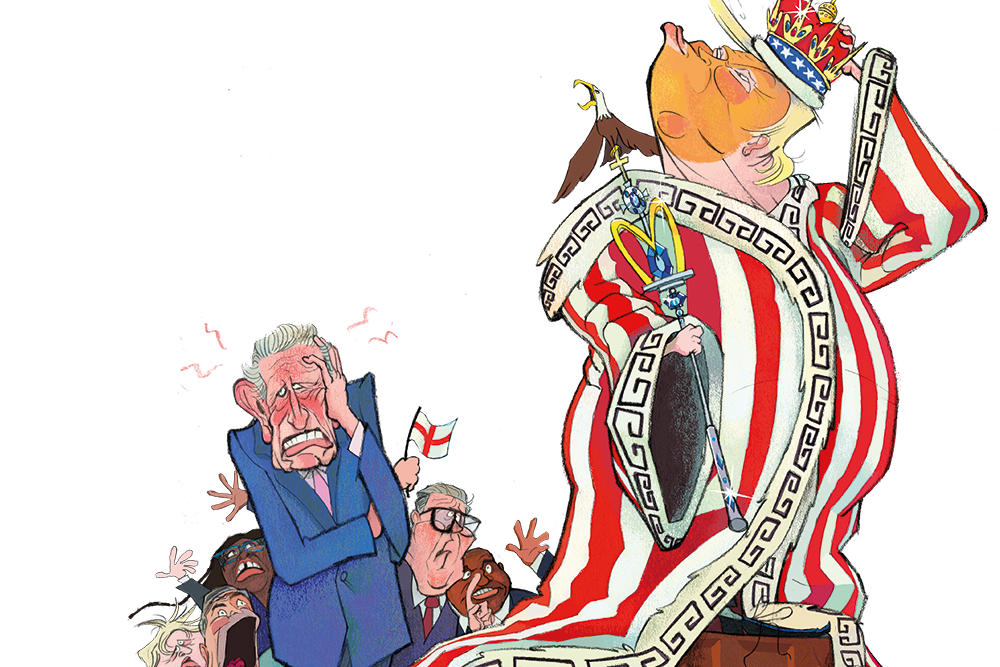



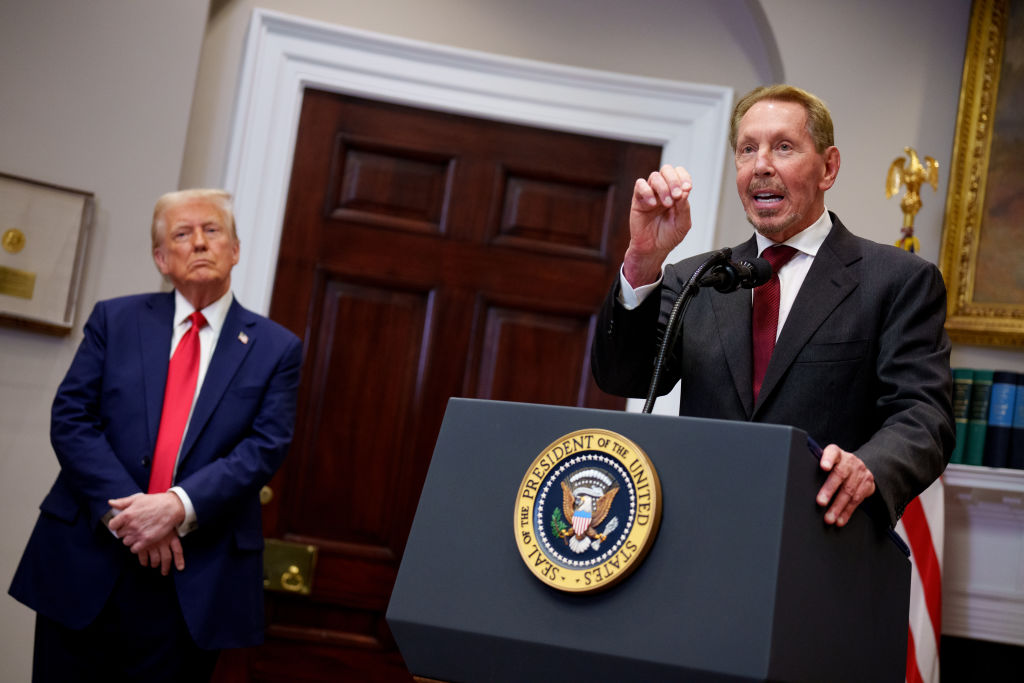

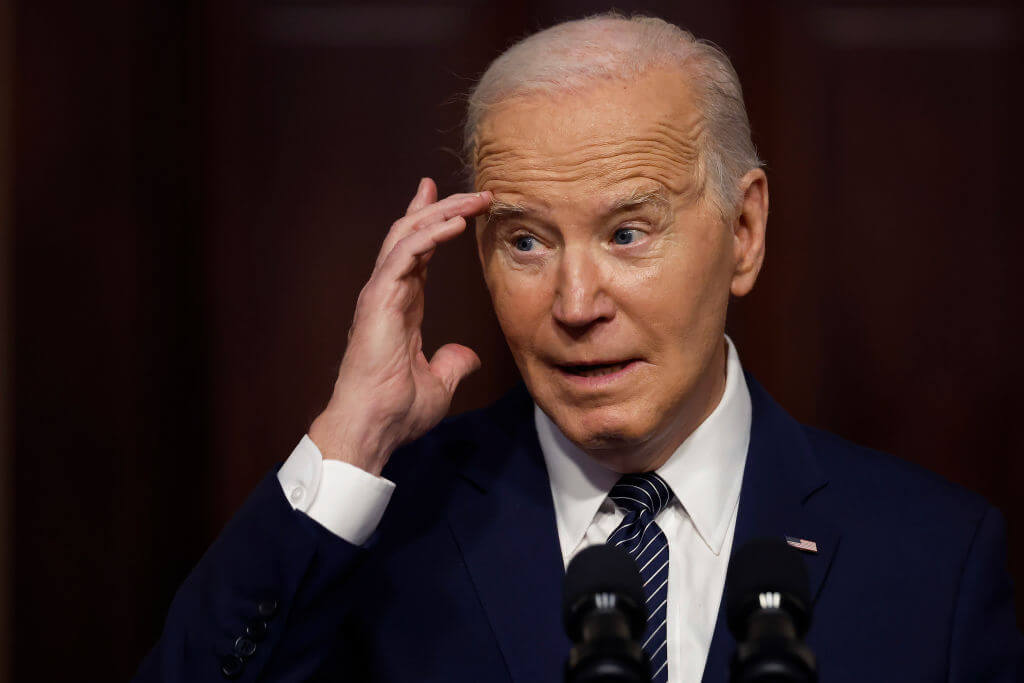



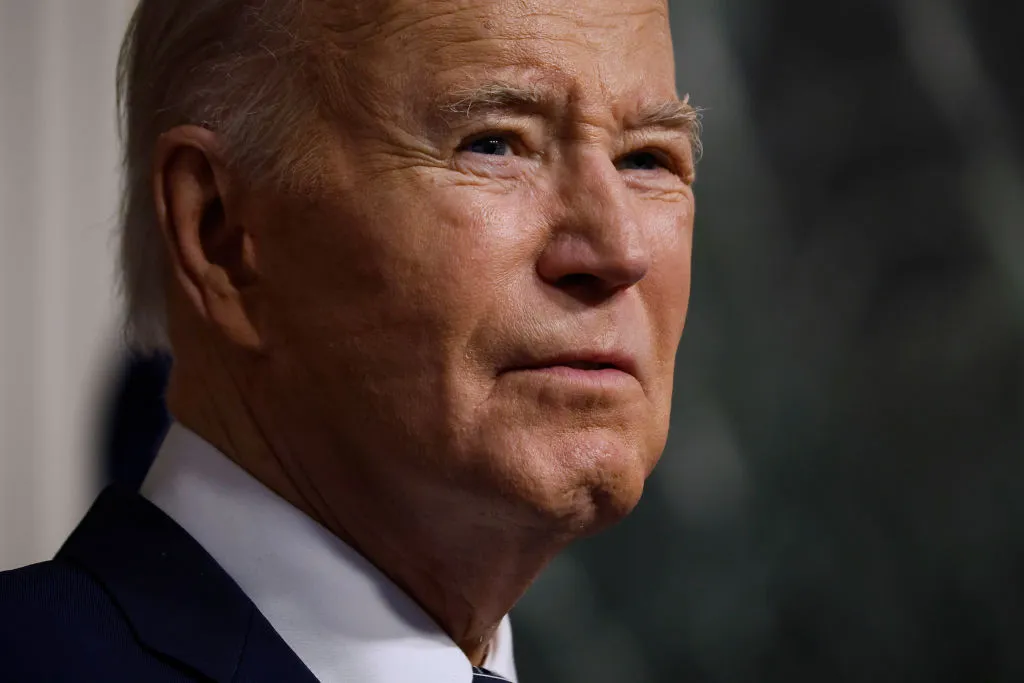

Leave a Reply